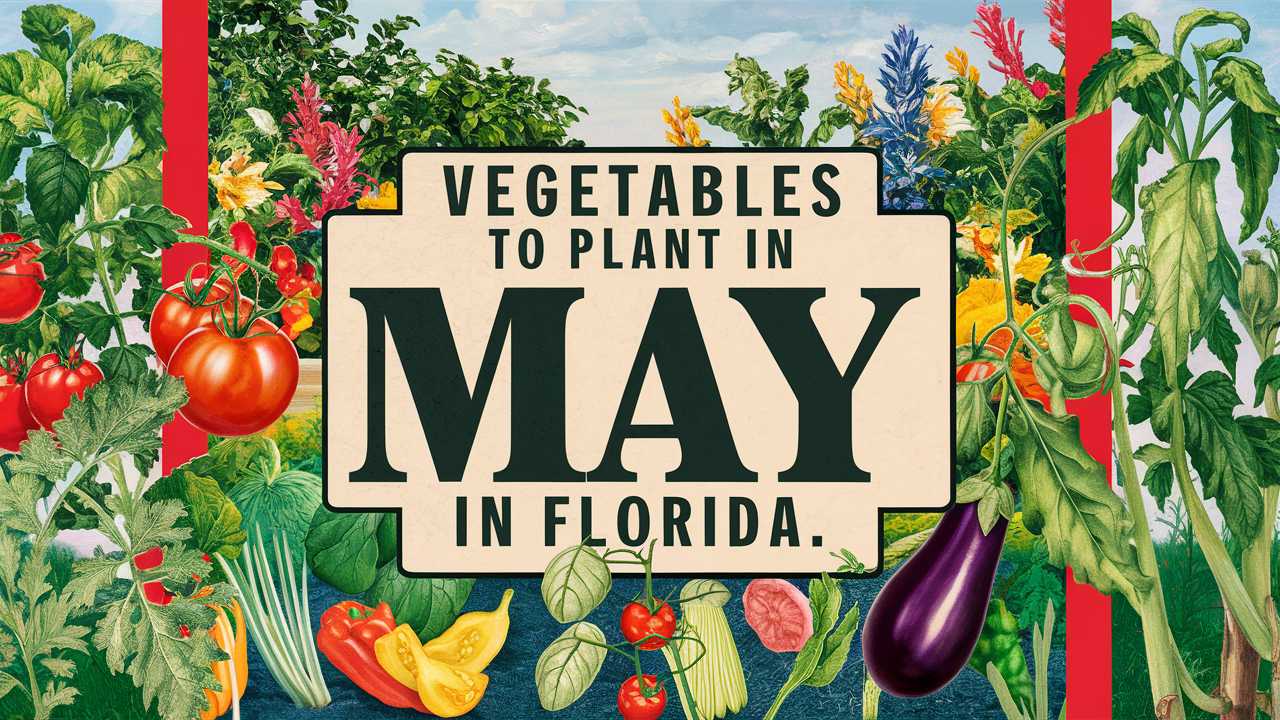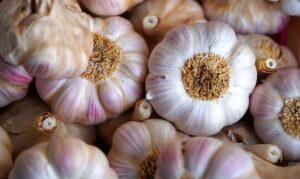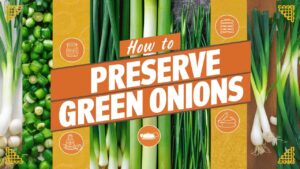May presents an excellent opportunity to establish crops that can withstand the intense Florida summers, with specific considerations depending on the regional climate variations across the state. This guide highlights heat-loving vegetables tailored for North, Central, and South Florida, emphasizing how temperature influences planting and growing conditions.
Sweet Potatoes
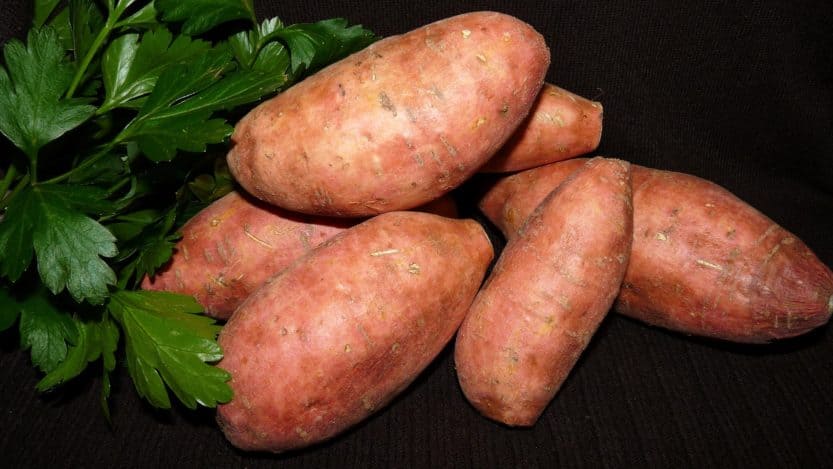
Sweet potatoes are a favorite among Florida gardeners, particularly for their resilience in hot weather.
In North Florida, the temperatures in May typically range from the upper 60s to mid-80s (°F). This range is ideal for planting sweet potatoes because they prefer warm soil. As temperatures consistently rise, it’s a great time to bury sweet potato slips about 12 to 18 inches apart. They will thrive in the warmth, producing sweet, nutritious tubers.
Central Florida experiences slightly warmer conditions, with May highs often in the low 90s. The warmer nights and daytime temperatures promote fast growth. Plant sweet potato slips at a depth of 3 inches to ensure they are snug in the warm soil. The heat will help them establish quickly, leading to a rich harvest by late summer.
In South Florida, with average temperatures soaring into the mid-90s, sweet potatoes flourish. This region’s consistently warm climate means they will require regular monitoring for water, as hot days can dry out the soil rapidly. Container gardening is a fantastic option here, allowing for easier control of soil moisture and heat exposure.
Okra
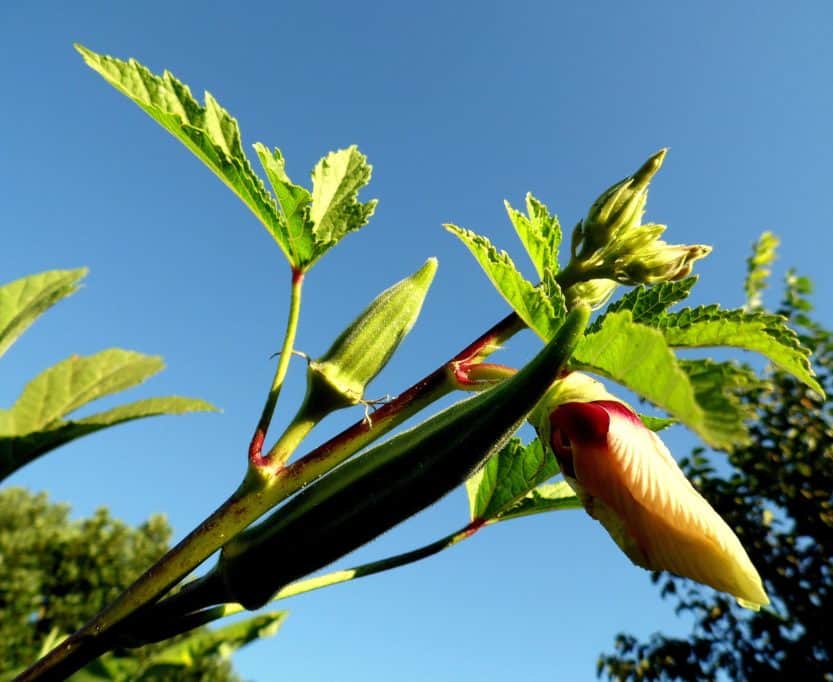
Okra is another heat-loving vegetable that thrives in Florida’s warm climate.
In North Florida, May temperatures can dip into the 70s at night but climb into the 80s and 90s during the day. These fluctuations encourage robust growth of okra when planted directly into the garden after the threat of frost has passed. Space plants about 12 inches apart to allow ample room for growth in the warm weather.
For gardeners in Central Florida, the month of May is characterized by consistently warm temperatures in the upper 70s to low 90s. This creates an optimal environment for establishing young okra plants. Young plants may need consistent moisture as they start, but they become drought-resistant as they mature, thriving in the summer sun.
Moving to South Florida, with daytime highs frequently exceeding 90°F, okra can be planted in mid to late May. This region requires vigilant monitoring for pests that thrive in the humidity. Regular irrigation is crucial, as the heat can quickly draw moisture from the soil.
Peppers

Both sweet and hot peppers are staples in Florida gardens and thrive in high temperatures.
In North Florida, with May temperatures between the high 60s and mid-80s, peppers should be transplanted as young plants after the last frost, taking advantage of the warm days ahead. Ensuring adequate sunlight will help the plants produce healthy yields.
Central Florida enjoys warmer temperatures at this time, often moving into the 90s during the day. Transplanting when day temperatures are reliably warm can enhance growth, and the warmer evenings help produce sweet pepper varieties. Make sure to regularly water to keep the plants hydrated.
In South Florida, where temperatures can remain consistently above 90°F, peppers can be planted in early to mid-May. The heat-loving varieties will thrive, but with the humidity, pests can become an issue. Pay close attention to your plants and manage pest populations to ensure healthy growth.
Eggplant
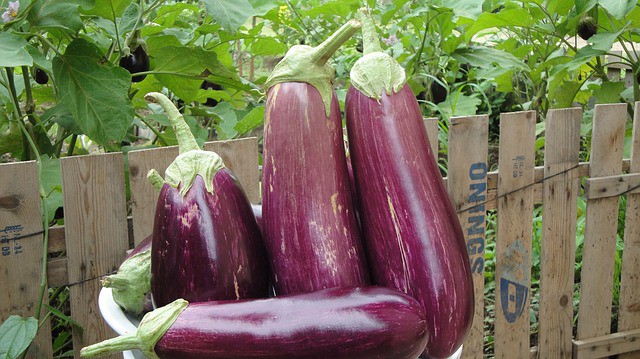
Eggplant is a warm-season crop that does well in Florida’s hot climate.
In North Florida, by May, daytime temperatures have risen to between the 70s and low 90s. This makes it an auspicious time to transplant eggplant seedlings into the garden. Young plants will appreciate the warmth, which helps them establish root systems before the most intense summer heat arrives.
In Central Florida, where high temperatures frequently hit the low 90s, temperature is key in getting the most out of your eggplant plants. This region benefits from planting seedlings that are acclimated to heat. Regular pruning and watering will help ensure they don’t succumb to the stress of high temperatures.
For South Florida, the scorching conditions often push past 90°F in May, providing a great environment for eggplants to flourish. Provide ample space between plants to improve airflow and reduce the potential for fungal diseases that thrive in humid heat.
Zucchini
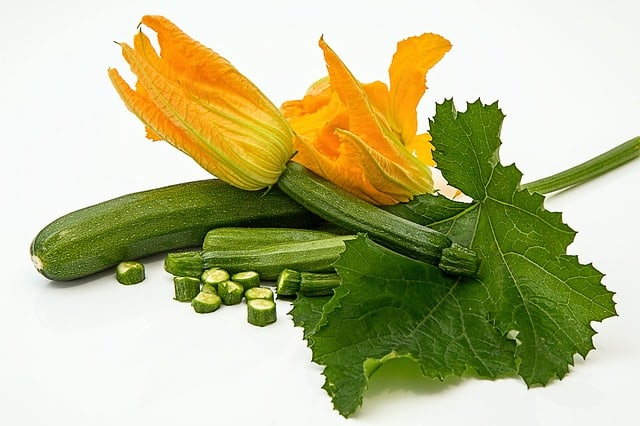
Zucchini is quick-growing and ideal for warm-weather planting.
In North Florida, as temperatures ascend into the upper 80s and low 90s throughout May, this is perfect for planting zucchini. The warm air helps zucchini seeds germinate swiftly when planted directly in the ground. Remember to allow enough room for their sprawling vines to grow.
In Central Florida, May often experiences afternoon temperatures that reach the low 90s. This creates a similar ideal growing environment for zucchini. Ensuring consistent moisture will help combat the impact of the heat during the establishment phase for young plants.
In South Florida, where May temperatures can get incredibly high, sometimes nearing 95°F or more, zucchini plants will thrive with regular irrigation to keep the soil moist. Trellising zucchini can be advantageous in this heat, giving the plants needed support while conserving space in the garden.
Cucumber
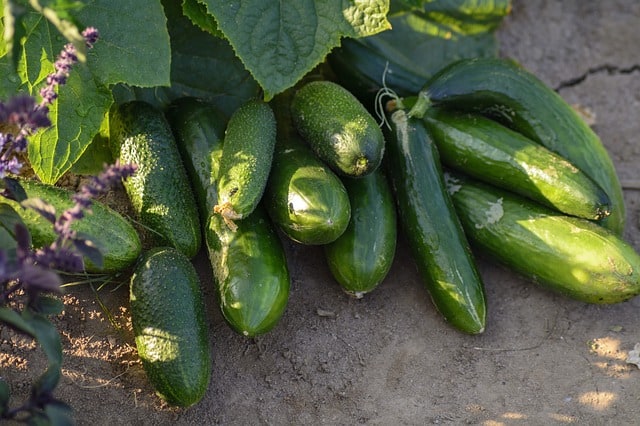
Cucumbers love the heat and can be incredibly rewarding to grow.
In North Florida, cucumbers can be planted in late April through May when daytime highs start creeping into the 80s and 90s. This warm weather will help cucumbers germinate quickly when planted directly into the ground, enabling a continuous harvest through the summer months.
In Central Florida, the moisture in the air and consistent daytime temperatures in the 90s make for an excellent environment for cucumbers as well. Planting them on trellises helps minimize disease caused by humidity while allowing easy access during harvest.
In South Florida, where scorching temperatures can soar over 90°F in May, cucumbers flourish—but watering is essential as seedlings establish. Keep a close watch for pests, as cucumber beetles can take advantage of the warm, humid climate.
Tomato
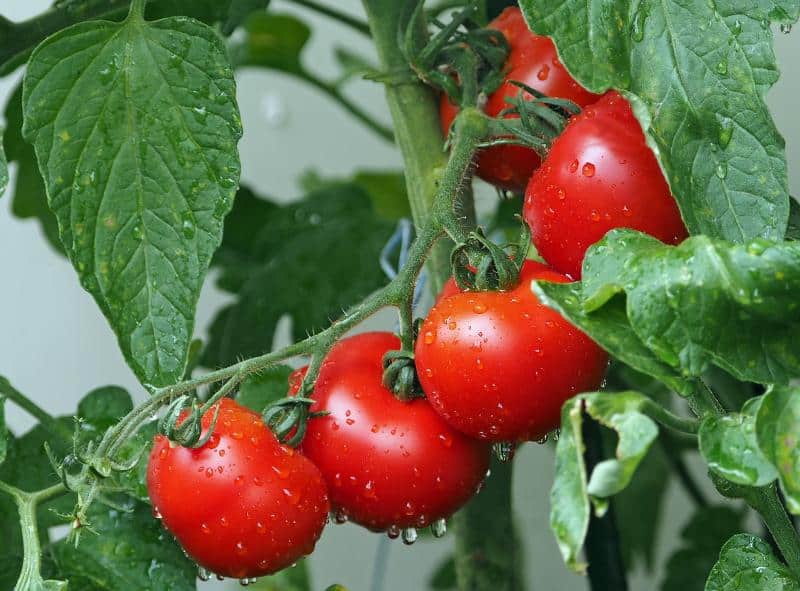
Tomatoes are a beloved garden staple, and May is the perfect month for Florida gardeners to get them going.
In North Florida, as May temperatures reliably reach the mid-80s to low-90s, transplant young tomato plants ideally suited for the region’s shorter warm season. This temperature will help ensure a robust crop, and providing support structures, such as cages, will keep them healthy.
In Central Florida, with the climatic shift often pushing temperatures into the 90s during the day and 70s at night, this region can produce early summer crops of tomatoes. Having young transplants ready to establish will help maximize your yield before the hottest months set in.
For South Florida, the summer heat that frequently exceeds 90°F poses a unique challenge for growing tomatoes. However, heat-tolerant varieties thrive well in these conditions. A consistent watering schedule can alleviate heat stress, supporting smoother growth and fruitful harvests.
Squash
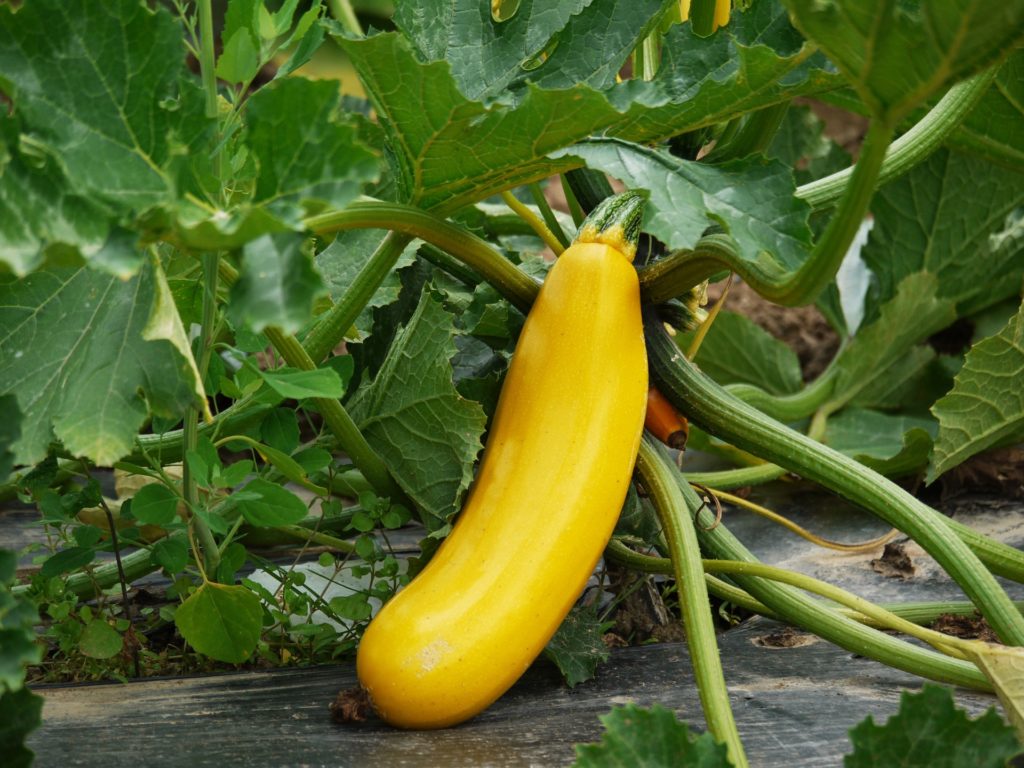
Summer squash varieties bring flavor and variety to any garden.
In North Florida, as temperatures touch the mid-80s in May, planting squash seeds directly in the ground is ideal for successful crops. The warm days allow for rapid growth, especially when plants are spaced properly for air circulation.
For Central Florida, daytime highs in the lower to mid-90s are perfect for squash. The warm temperatures translate into vigorous growth during the summer months, but soil moisture is essential for maintaining healthy plants. Regular irrigation will support their development.
In South Florida, with May temperatures often hovering around the low to mid-90s, summer squash can thrive under extensive sunlight. Be proactive against pests, as squash vine borers may take advantage of the heat, compromising your plants’ health.
Beans
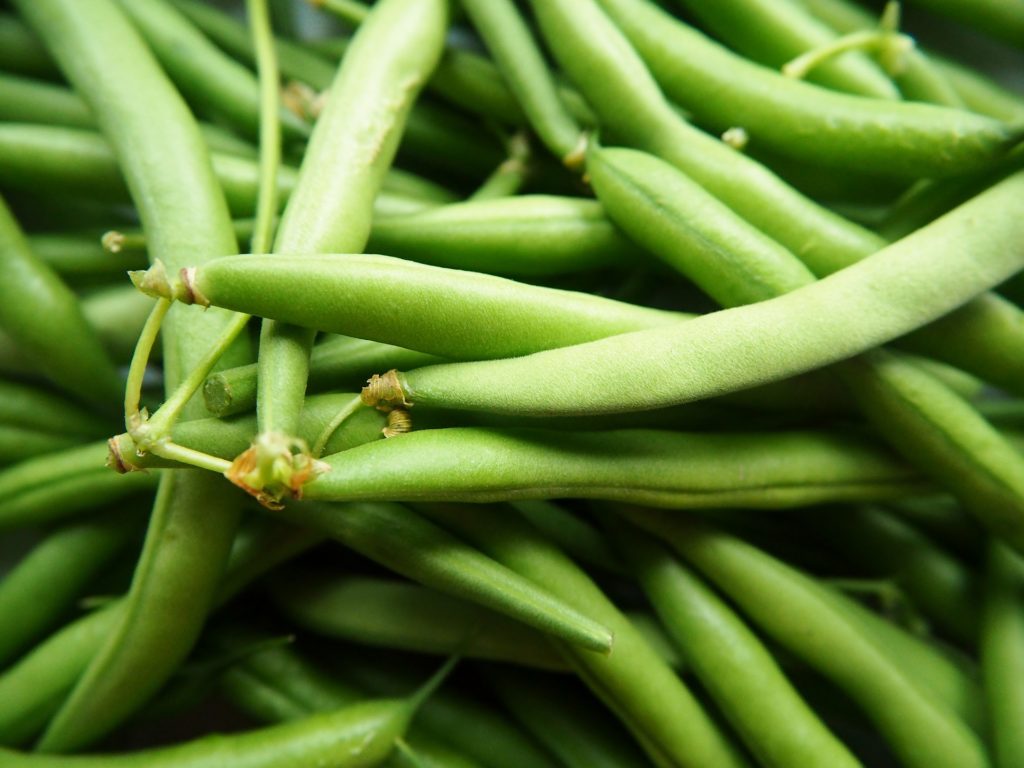
Beans, such as pole beans and bush beans, thrive under high temperatures and are an efficient vegetable to grow.
In North Florida, May marks a reasonable time to sow bean seeds with temperatures starting to rise into the upper 70s and 80s. Ensure to space them adequately as they grow to allow for climbing if planting pole varieties.
In Central Florida, with consistent highs in the low 90s, beans flourish in the warmth. They grow quite rapidly during these warmer months, making them a perfect option for quick harvests. Ensure sufficient air circulation to minimize potential disease issues in the heat.
For South Florida, which experiences incredibly warm conditions, planting bush beans can yield quick results, as they often mature within 50-70 days. The consistently high temperatures, often exceeding 90°F, make regular watering crucial to support bean plants as they flourish.
Malabar Spinach
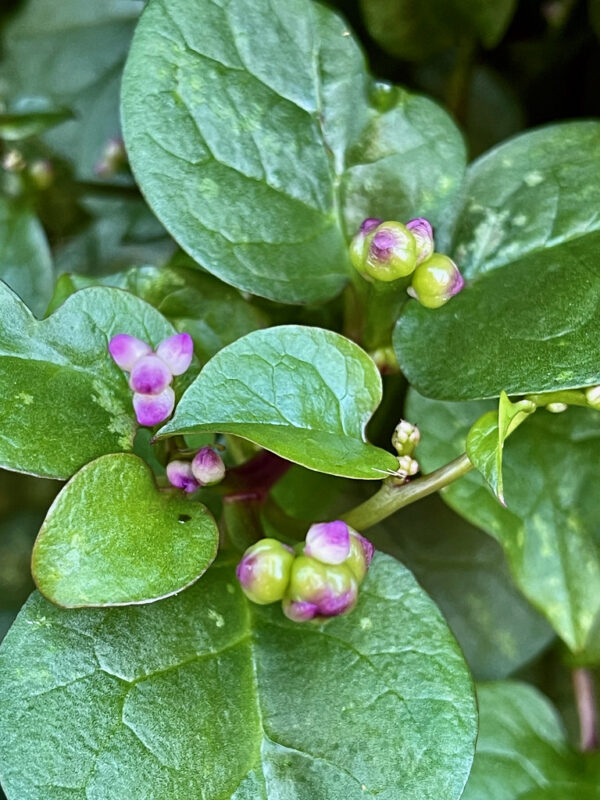
Malabar spinach is a heat-loving leafy green that does exceptionally well in warmer climates.
In North Florida, May temperatures can run from the 70s to mid-90s, providing excellent conditions for Malabar spinach to germinate and grow vigorously. This climbing vine requires trellising, so planting near a support structure is advisable.
Central Florida sees daytime highs consistently in the 90s by May. The plants enjoy the heat and can be direct-seeded into the garden. Regular watering is vital, especially during the hottest parts of the day, to ensure a continuous supply of tender leaves for salads and stir-fries.
In South Florida, where temperatures soar above 90°F, Malabar spinach thrives. This tropical plant enjoys the humidity and warmth and will need trellising or a sturdy support to grow effectively. Consistent moisture is key—make sure to keep the soil evenly damp throughout the summer.
Basil
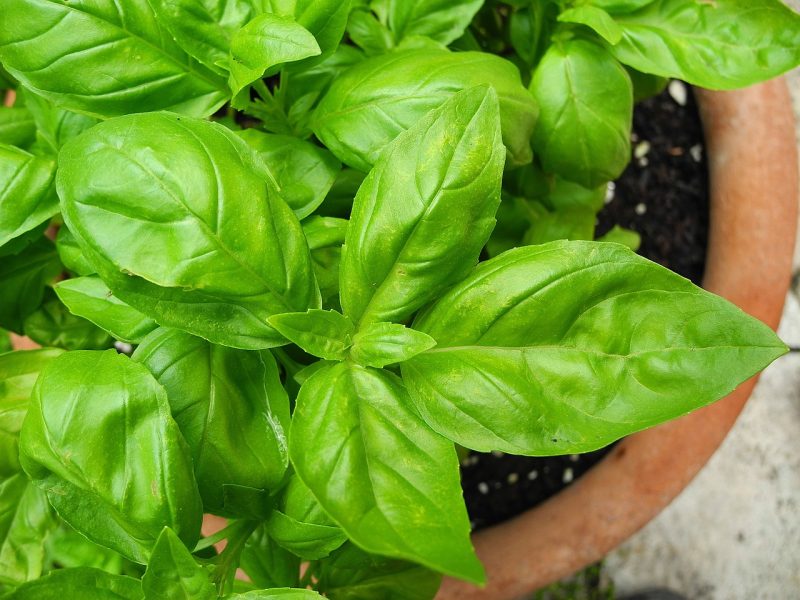
Basil is a fragrant herb that thrives in warm weather, making it perfect for May planting.
For North Florida, May temperatures average between the upper 60s and mid-80s. This is a great time to transplant or sow basil seeds directly into your garden. The warm days promote rapid growth, and with consistent humidity, basil plants flourish.
In Central Florida, the rising temperatures in the 90s enable basil to grow vigorously. Choosing a sunny spot with good air circulation will help prevent mildew, which can be prevalent due to the humidity. Regular harvesting encourages bushier growth.
In South Florida, with sweltering temperatures reaching the mid-90s, basil can thrive as long as it is consistently watered. Basil loves heat but is sensitive to overwatering. Well-drained soil ensures healthy roots, reducing the risk of root rot.
Arugula
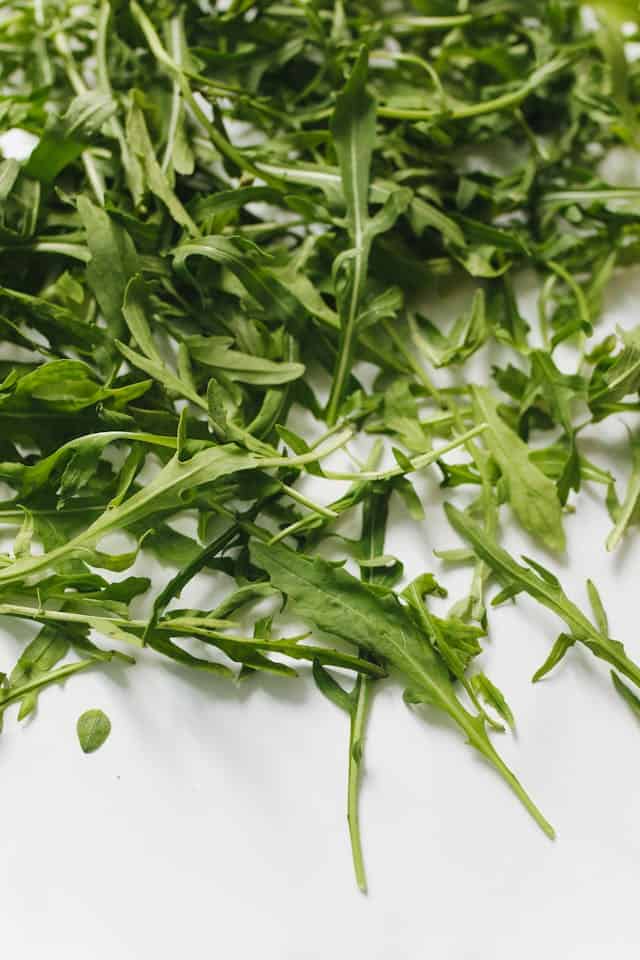
Arugula is a flavorful, nutrient-packed green that can be grown in warmer weather, especially if sown in the right conditions.
In North Florida, May temperatures in the 70s and 80s are conducive for planting arugula. Rather than planting too late in the month, sowing in the early part of May allows the crop to mature before the heat peaks, ensuring less bitterness.
Central Floridians will find May temperatures frequently in the 90s, which can cause arugula to bolt quickly. These plants thrive in cooler conditions, so consider partial shade in the hotter months to keep the leaves tender.
In South Florida, with consistently warm temperatures, consider planting arugula in early May and providing some shade. This will help curb bitterness and prolong the harvest window. Regular harvests will encourage new growth, allowing you to enjoy fresh greens all summer.
Cowpeas
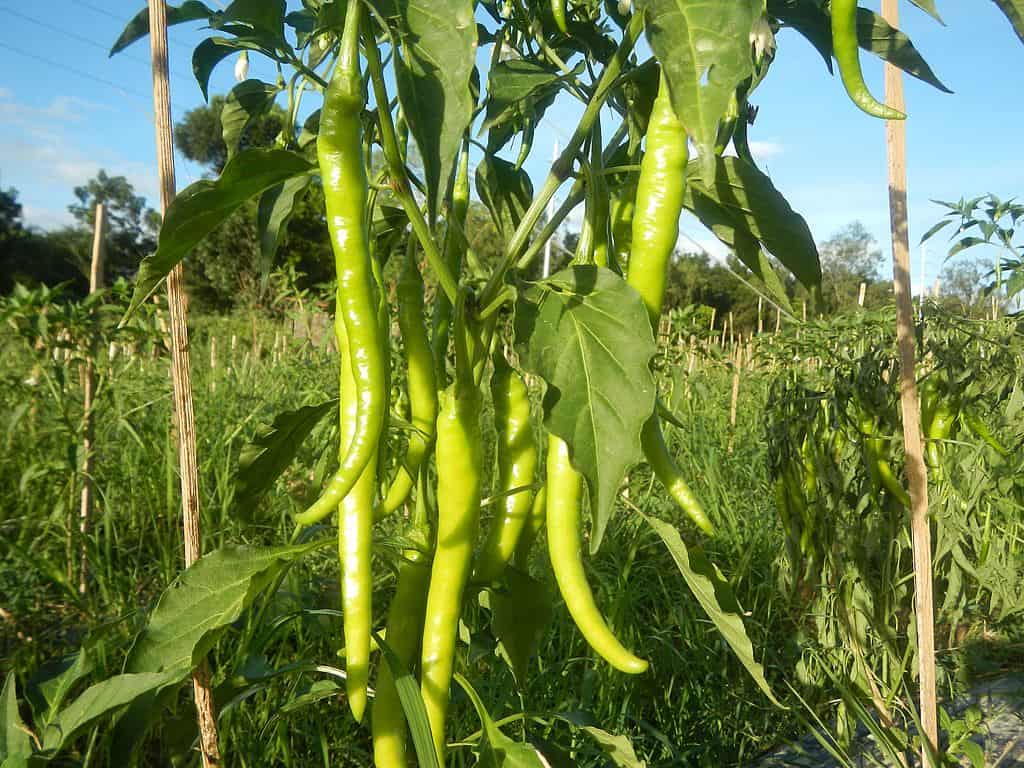
Cowpeas are vigorous, drought-resistant legumes that excel in hot climates, making them a good choice for Florida gardens.
In North Florida, they fare well with the warm daytime temperatures in the 80s and 90s. Planting cowpeas in well-drained soil in early May allows them to establish roots before the hottest months arrive, where they produce nutrient-rich pods by late summer.
For Central Florida, where mid-90s temperatures are common in May, cowpeas are a great choice as they thrive in heat and require low water once established. Maintaining some soil moisture during the early growth will help yield a bountiful harvest.
In South Florida, which often experiences humid temperatures in the low 90s, cowpeas can be direct-seeded. This region’s warm climate supports rapid growth and frequent harvests, making these legumes a resilient and tasty addition to your garden.
Chard
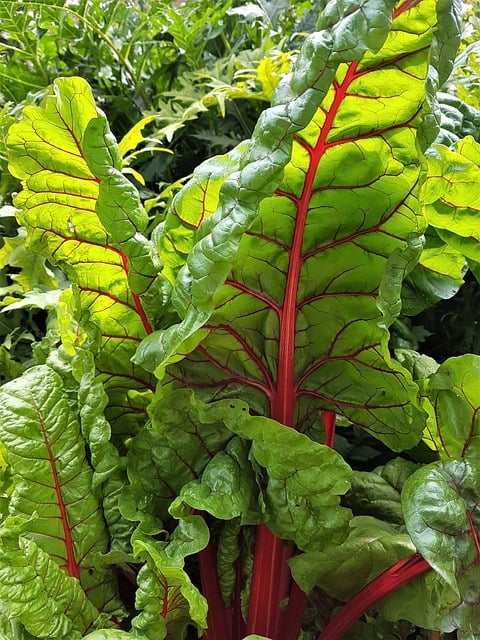
Swiss chard is another leafy green that enjoys the heat and adds vibrant color to your garden.
In North Florida, May temperatures provide a decent environment for chard, as nights remain cooler while days reach the 80s. You can direct-seed or transplant young chard, with little fuss about temperature until it starts to reach those hotter days.
Central Florida, with May highs regularly pressing into the 90s, is a great spot for growing chard, but watch for symptoms of bolting as temperatures rise. Providing partial shade or adequate watering will ensure the leaves remain tender.
In South Florida, where temperatures often exceed 90°F, chard can flourish if watered adequately. Establish good irrigation practices early, and you’ll be rewarded with vibrant greens through the summer months, making it an excellent choice for salads and cooking.
Shallots
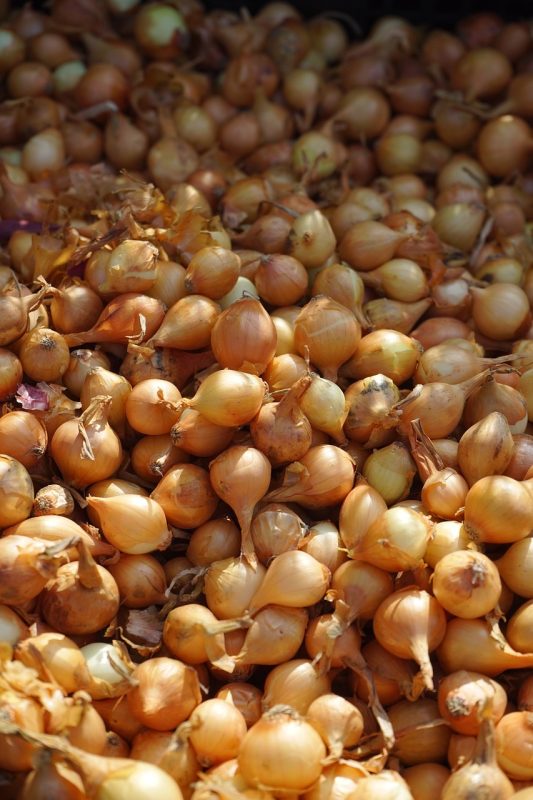
Shallots provide a mild onion flavor and thrive in Florida’s heat.
In North Florida, the mild temperatures experienced in May make them ideal to transplant. Growing shallots will benefit from the warmer soil, enabling robust growth before the hottest months hit.
In Central Florida, with higher temperatures often hovering in the 90s, shallots should be planted in an area that receives full sun. With diligent watering, they will adapt well and offer flavorful bulbs as the summer progresses.
In South Florida, where May can bring oppressive heat, shallots can be successfully grown as long as they receive consistent moisture. The key to success in this region is to maintain adequate watering without letting the bulbs sit in damp conditions.


